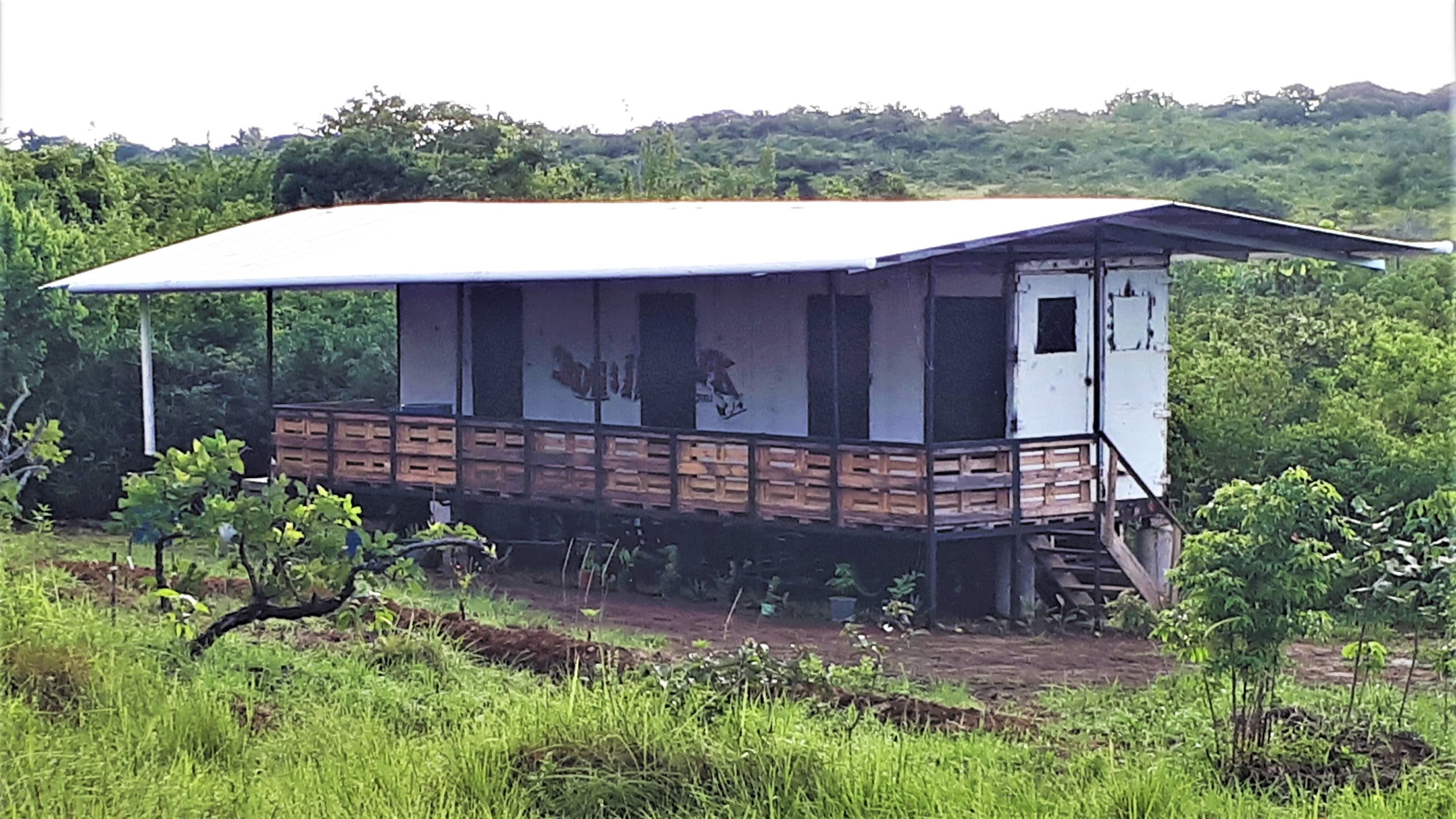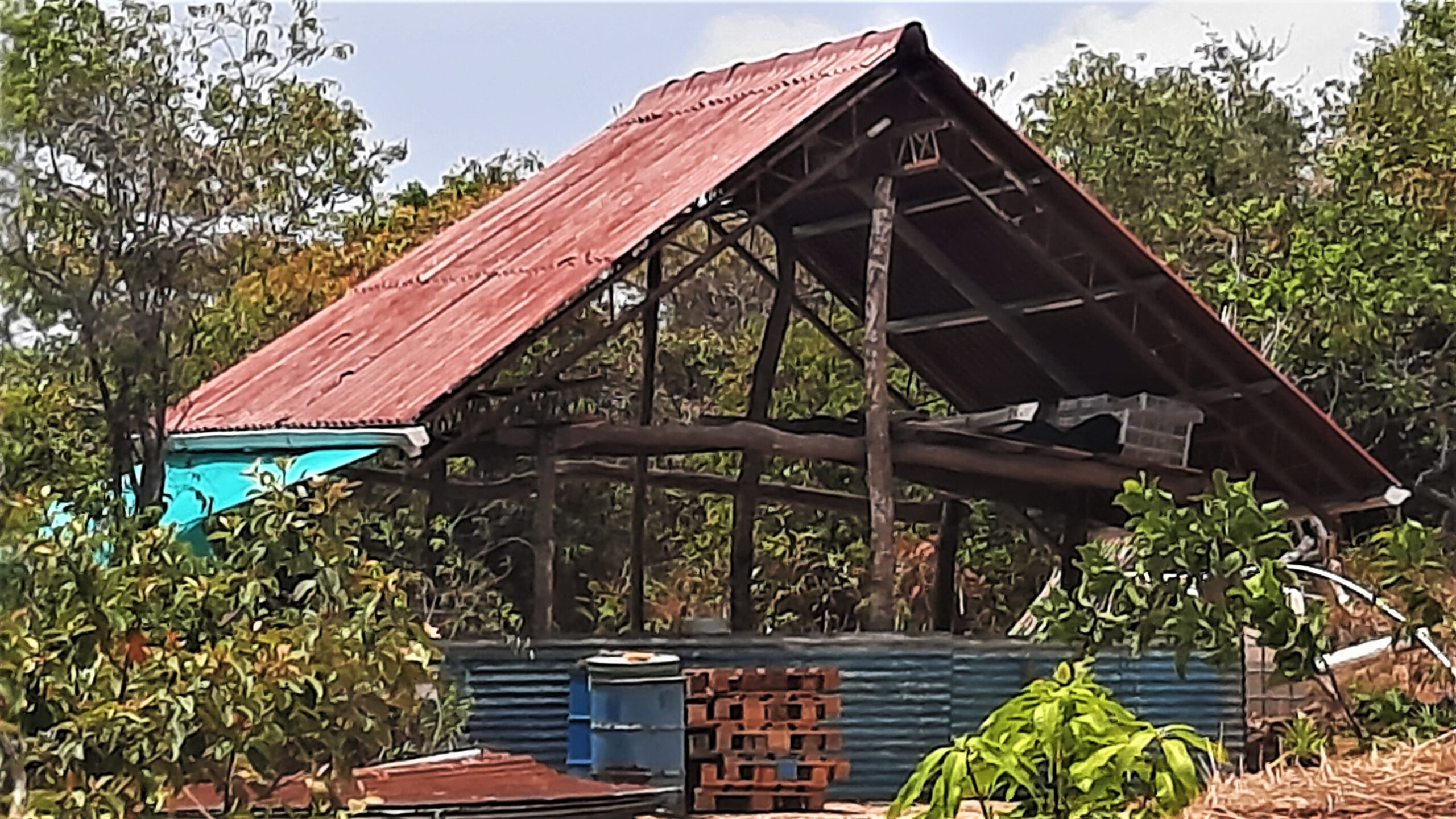Finca Nueva Vida
Land is essential for our re-connection with nature and building soil and restoring ecosystems are among the most important things that we need to do (as mentioned in The Reasons). We looked long and hard for land that was right for us, land that spoke to us. We found it in early 2016. From 2016 – 2018 we observed the land and made preliminary designs.
On The Design page we talk about all of the interventions we’ve made on the land since purchasing it.
Here’s a bit more about Finca Nueva Vida:
- 21Ha of forest and naturally eroded grasslands
- Bordered by a seasonal creek and a year-round river
- Accessible by car or by public transport and a 1km walk
- A dirt road leads to the stream, then passes through the land (public right-of-way dividing the Finca in two)
- In 2o18 we built a bridge across the stream
- We connected to the electric grid in order to get things moving, but look forward to going off-grid by 2025
- Climate and location ideal for generating electricity with micro-hydro, wind and/or solar systems
- It’s not been inhabited in recent centuries, only periodically used to grow subsistence crops on 1Ha
- Varied topography and soil – ideal for multiple uses
- Topography with potential for capturing water, potentially natural springs on-site
- A nearly constant breeze from the north (mountains)
- Altitude between 210 and 340 feet
- Cellular phone signal on higher ground and enhanced by an amplifier at the bunkhouse
- Starlink internet
- 2.5 hours from Panama City to the property
- 20 minutes from the town of Antón
- Impressive views
In our gallery you can find photos of scenery, flora, fauna and more. You can also follow us on Instagram and Facebook or join our Facebook Group.
Here’s a little video we took on one of our first trips to see the land: The waterfall in the following video is just a few meters from the edge of the Finca and can be accessed by climbing down a steep hill (it’s a cell-phone video, sorry for the quality). You can also see the grassland vegetation and treetops in the video.
To stay updated about the project (and receive interesting articles every so often) please subscribe to our blog.
Eco-Buildings: Housing
An important aspect of creating a community is, of course, housing. We propose that houses and other structures built at the EcoVillage be designed and built with the highest ‘garbage’ content possible. There’s a huge amount of recyclable and reusable materials in Panama that normally end up in the landfills, alongside the roads, or tossed into rivers that run into the sea. Plastic bottles, tires, glass bottles, metal roofing materials – all can be used in construction. Old shipping containers, which are abundant in Panama, can be converted into houses, workshops, storage areas, and even swimming pools. These materials can be complemented with natural products from the surroundings. The Rainbow Camp is a good example of using old materials – the bunkhouse is an old tractor-trailer and the deck and kitchen are made of used pallets.
The multi-use building (used as a nursery in 2021-2022) is built from recycled roof trusses and roofing material. You can see additional used roofing material and pallets in the forefront.
The Casa Amarilla (yellow house) was also built with used trucks (no wheels on these two, like the bunkhouse has) and used roofing materials.
You might ask us how we chose the locations for our buildings. The bunkhouse and multi-use building are in an area that was an open meadow above a regenerating forest (the area that was planted in corn right before we purchased the land and is now the food forest). The meadow is tucked in beside a seasonal stream that’s forested and another forested gully, at the bottom of a steep hill. The Casa Amarilla is at the top of the steep hill, across the Nance Meadow in an area that was totally washed out and degraded. We didn’t have to cut down any trees to build our structures and did minimal earth-moving to level the spot for Casa Amarilla. We have to admit that we aren’t quite sure if the poles for the multi-use building were sustainably sourced, but the alternative would potentially have had more of an ecological impact (new steel).
See more about building with ‘garbage’ in this post.
/>



